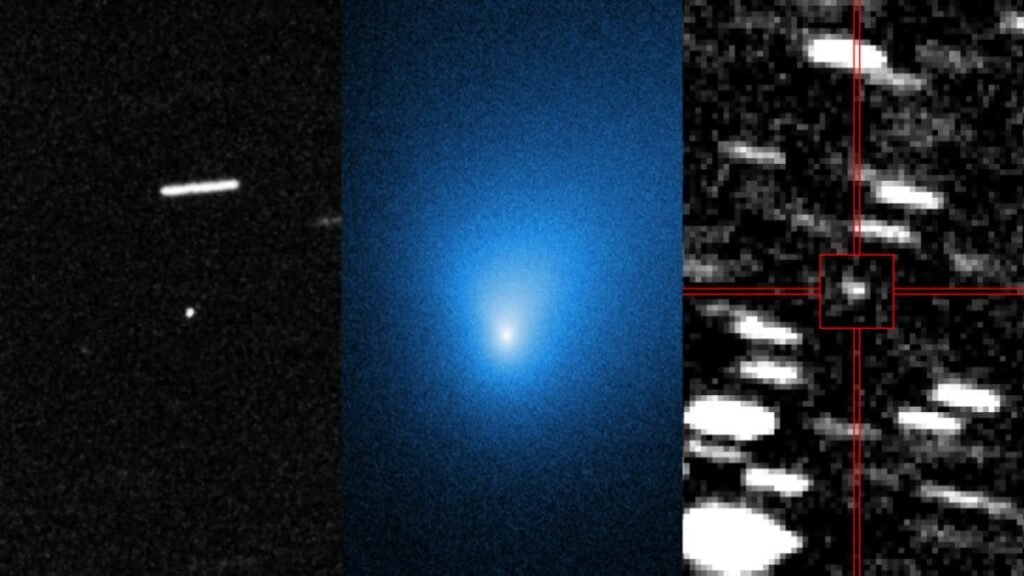Astronomers have discovered the third interstellar comet that travels through our solar system. It was named 3i/Atlas (originally A11PL3Z), and was discovered by the Atlas telescope in Chile on July 1 and confirmed on the same day. The pre-discovered images were shown in the sky as early as mid-June. The object ran towards the internal system at about 150,000 miles per hour on a near-slash track, too fast, the sun captured it. Estimates show that its nuclear may span 10-20 kilometers. Now, within Jupiter’s orbit, 3i/Atlas will wield the closest to the sun in October and should remain observable by the end of 2025.
Discover and Classify
In early July, Chile’s Atlas survey telescope first discovered a faint moving object called A11PL3Z, and the IAU’s small planet center confirmed that it was interstellar tourists the next day. The object was officially named 3i/Atlas and points to the largest interstellar institution not yet discovered. At first it seemed like a normal near-Earth asteroid, but precise orbital measurements showed that it was about 150,000 mph – too fast to capture the sun. Astronomers estimate that the 3i/Atlas spans about 10-20 kilometers. Signs of comet activity appear – a faint coma and a short tail – win other comet names C/2025 N1 (atlas).
Studying primitive comets
Before the closest approach, the 3i/ata was discovered, which gave astronomers time to prepare detailed observations. In late October, it will pass within 1.4 au of the sun. Importantly, before solar heating, researchers can do the research while it is still the original frozen relic. As Pamela Gay noted, the discovery of objects on his inbound legs left “enough time” to analyze their trajectory. Now astronomers are racing to get spectrum and images – as Chris Lintott warned, the comet will be “baked” by the sun as it approaches the encirclement.
Determining its composition and activities is considered a “rare opportunity” to learn how planets form in other stellar systems. With new facilities such as the Vera C. Rubin Observatory online, researchers hope more of these visitors in the coming years. 3i/Atlas provides a rare opportunity to study materials from another stellar system.
For the latest tech news and comments, please follow the gadget 360 xFacebook, WhatsApp, Threading and Google News. For the latest videos on gadgets and technologies, subscribe to our YouTube channel. If you want to know all about top influencers, follow us inside That360 on Instagram and YouTube.

NASA’s new horizon proves deep space navigation through stellar parallax
Narivetta Ott Release Date: When and Where to Watch Tovino Thomas Starrer Online Political Drama?

